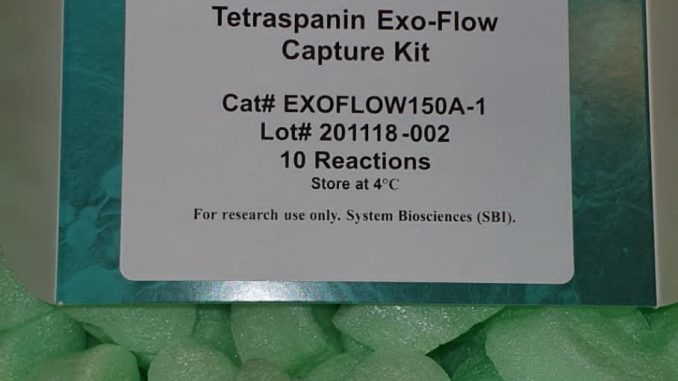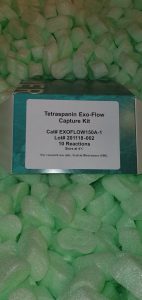
Standard Reference Sequences for Submission of HLA Genotyping for the 18th IHIW
The International HLA and Immunogenetics Workshops (IHIWs) have fostered worldwide collaborations of researchers and specialists in the fields of HLA, histocompatibility and immunology. These IHIW collaborations have comprised many initiatives centered on attaining a selection of particular targets. The worldwide and collaborative nature of these initiatives necessitates the assortment and evaluation of complicated information generated in a number of laboratories, typically utilizing a number of strategies of acquisition. Collection and storage of these information in a constant approach provides worth to IHIW initiatives, which might be prolonged to future work.
DNA-based genotyping information, particularly HLA genotyping information, might be transmitted in the type of a Histoimmunogenetics Markup Language (HML) doc. HML facilitates clear communication of a genotype and supporting metadata, equivalent to sequencing platform, laboratory assays, consensus sequence, and interpretation. Sequence info might be reported relative to recognized reference sequences, which add which means and context to genotypes. Selecting the right reference sequence for a given allele sequence is nuanced, and tips have emerged by collaborative neighborhood efforts equivalent to Data Standards Hackathons.

Hybridization, ecogeographical displacement and the emergence of new lineages – a genotyping-by-sequencing (GBS) and ecological area of interest and species distribution modelling research of Sempervivum tectorum L. (Houseleek)
Ecogeographical displacement of homoploid hybrid lineages from their dad and mom is properly documented and regarded an necessary mechanism to realize reproductive isolation. In this research, we investigated the origin of the flowering plant species Sempervivum tectorum in the Massif Central (France) by homoploid hybridization between lineages of the species from the Rhine Gorge space (Germany) and the Pyrenees (France). We used genotyping-by-sequencing genetic information as proof for the hybrid origin of the Massif Central lineage, and WorldClim climatic information and soil pH and soil temperature information collected by us for ecological area of interest and species distribution modelling.
We may present that the Massif Central lineage reveals hybrid admixture, and that the area of interest of this lineage is considerably completely different from these of the parental lineages. In comparability to the parental niches, completely different variables of the area of interest of the hybrid lineage are intermediate, parental-combined or excessive. The completely different area of interest of the Massif Central populations thus can plausibly be interpreted as hybridization-derived. Our species distribution modelling for the Last Glacial Maximum and Mid-Holocene confirmed that the potential distribution of the hybrid lineage at the probably time of its origin in the Quaternary probably was parapatric in relation to the largely sympatric distributions of the parental lineages.
[Linking template=”default” type=”products” search=”Borrelia burgdorferi genotyping” header=”3″ limit=”130″ start=”2″ showCatalogNumber=”true” showSize=”true” showSupplier=”true” showPrice=”true” showDescription=”true” showAdditionalInformation=”true” showImage=”true” showSchemaMarkup=”true” imageWidth=”” imageHeight=””]
We hypothesize that reproductive isolation of the hybrid lineage from the parental lineages resulted from the segregation of distribution ranges by a differential response of the three lineages to a warming local weather. Here, we describe the tips established for the choice of reference sequences for use in transmission of HLA (and MICA/MICB) genotyping information for the 18th IHIW. This article is protected by copyright. All rights reserved.
